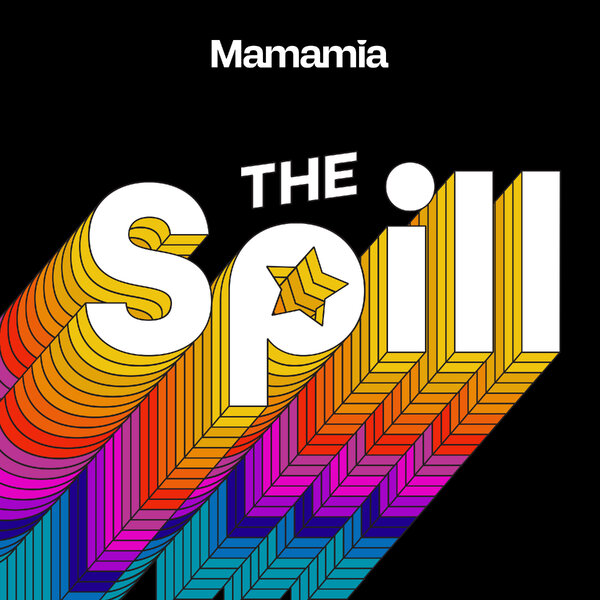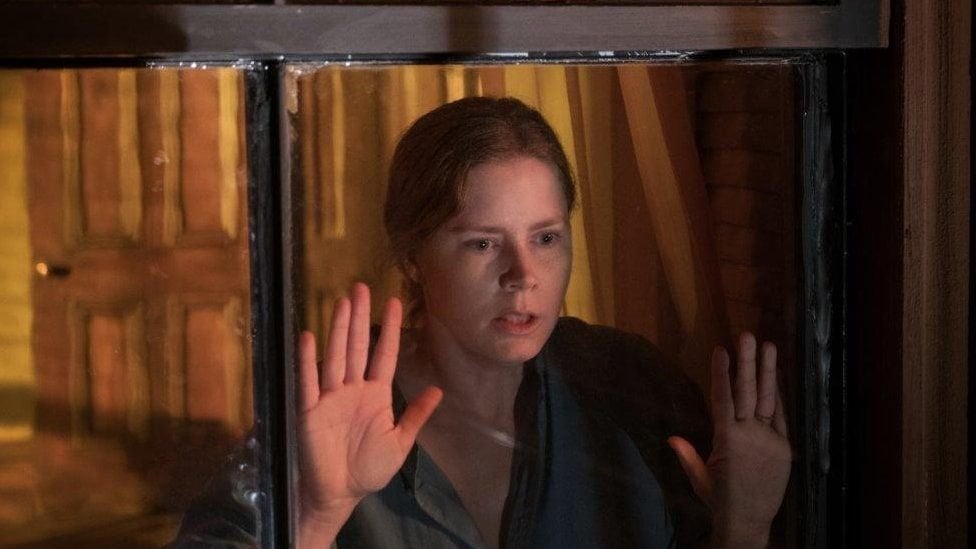
The Woman in the Window finally hit Netflix on Friday night.
Over the weekend, millions of people around the world streamed what had become one of the most-anticipated thrillers of the year.
And most of them were left feeling a bit confused. And disappointed.
The film is based on the bestselling book of the same name and it follows the story of Anna Fox (Amy Adams), an agoraphobic child psychologist who spies on her neighbours from the windows of her multistory Harlem brownstone. Anna's life and mental state begins to unravel after she witnesses what she thinks is her neighbour murdering his wife.
Watch the trailer for Netflix's The Woman in the Window. Post continues below.
The film was originally meant to hit cinemas in 2019, but instead of a big theatrical release, it quietly hit the streaming service almost two years after its initial planned release.
The complicated backstory of the book's author, an accusation of plagiarism, confused test audiences, a series of delays and a global pandemic all contributed to the film's slow journey from book to screen.































































































